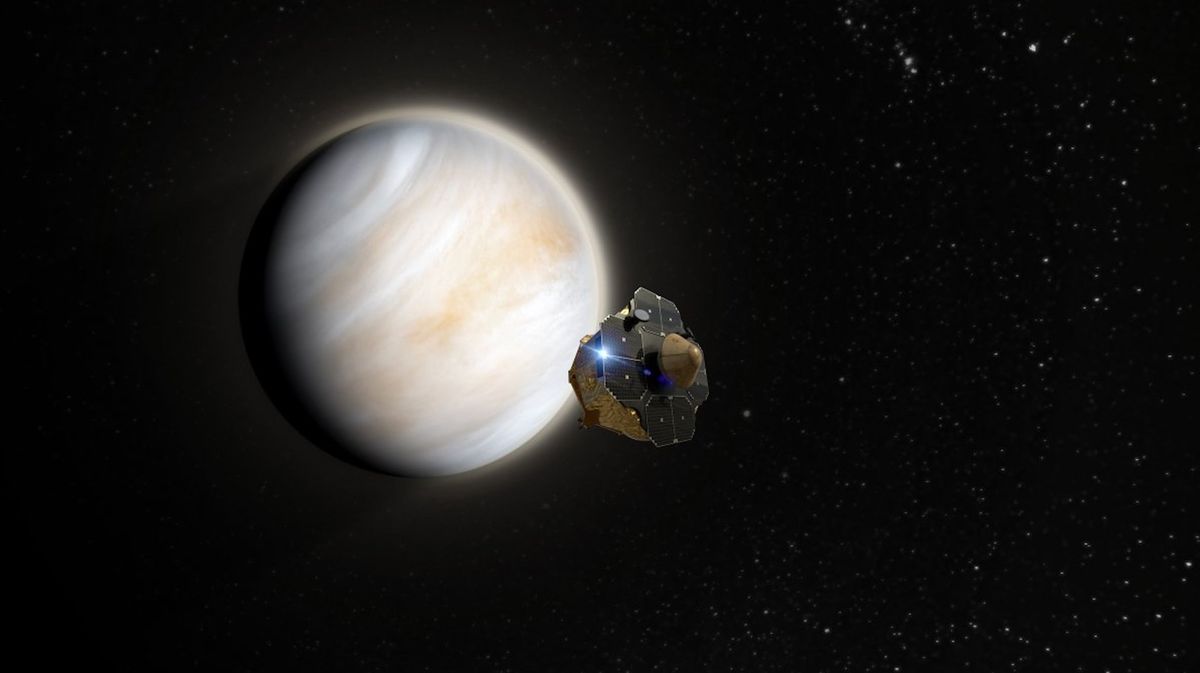The first private mission to Venus will not be launched this year.
the Rocket lab The mission, which was originally scheduled to launch last month, has been delayed until at least January 2025. TechCrunch reported .
“We’re now focused on getting clients’ jobs done as a priority,” a Rocket Lab spokesperson told the website, without elaborating on the delay. January 2025 was the release period of the original backup Venus According to the investigation MIT Technology Review .
Connected: Here’s every successful Venus mission humanity has ever launched
Announcing the Rocket Lab The mission to Venus is planned for August 2020 Then the embodiment of its architecture in Two years later, he published a study in the journal Aerospace
Venus, the hottest planet in the solar system, is usually stunning with its surface temperatures Hot enough to melt lead . But there are some signs that microbial life may be present high in the skies on Venus, where conditions are more like Earth’s.
In 2020, researchers discovered signs of phosphine in the clouds of Venus. this Create a sensation Because here on earth, this colorless, flammable, toxic compound is found as a by-product of microbial life in swamps and elsewhere.
“I’ve always felt Venus had a strong rap,” said Peter Beck, founder and CEO of Rocket Lab. He said last year when talking about the mission .
Find the alleged Venus Phosphine – set it It remains controversial today Help renew scientific interest in the second planet from the sun. For example, NASA is developing two missions to Venus, DAVINCI and Truth and honesty Release is expected in late 2020 and early 2030.
The probe proposed by California-based launch company Rocket Lab will reach Venus before NASA’s spacecraft, and it will also be much cheaper. The mission is being funded by Rocket Lab, the Massachusetts Institute of Technology (MIT) and undisclosed philanthropists, and is estimated to cost just about $10 million. This represents only 1% of the estimated total cost of NASA’s upcoming Venus missions.
The probe will also be small, at 15 inches (38 cm) wide, slightly larger than a basketball, and weighing just 20.4 kg. The Venus probe will leave Earth on Rocket Lab’s Electron rocket, and then the company will take it to Hell. Photon spaceship bus .
The probe’s trip to Venus will be short, lasting only five months, but the data collection period will be even shorter. The probe will have only three to five minutes to collect data as it descends from an altitude of 60 to 45 km. Venus atmosphere Where scientists discovered signs of phosphine in 2020.
The probe will not be looking for this chemical, but rather other complex organic molecules, measuring their composition, concentration and shape during their nightmarish descent. We will send this information back to the address Land Before the rift pressure and high temperatures on the surface of Venus destroy the probe.
The discovery of organic molecules will not prove that microbial life exists in the clouds of Venus. But it may indicate that this infernal realm is more hospitable than previously thought.


